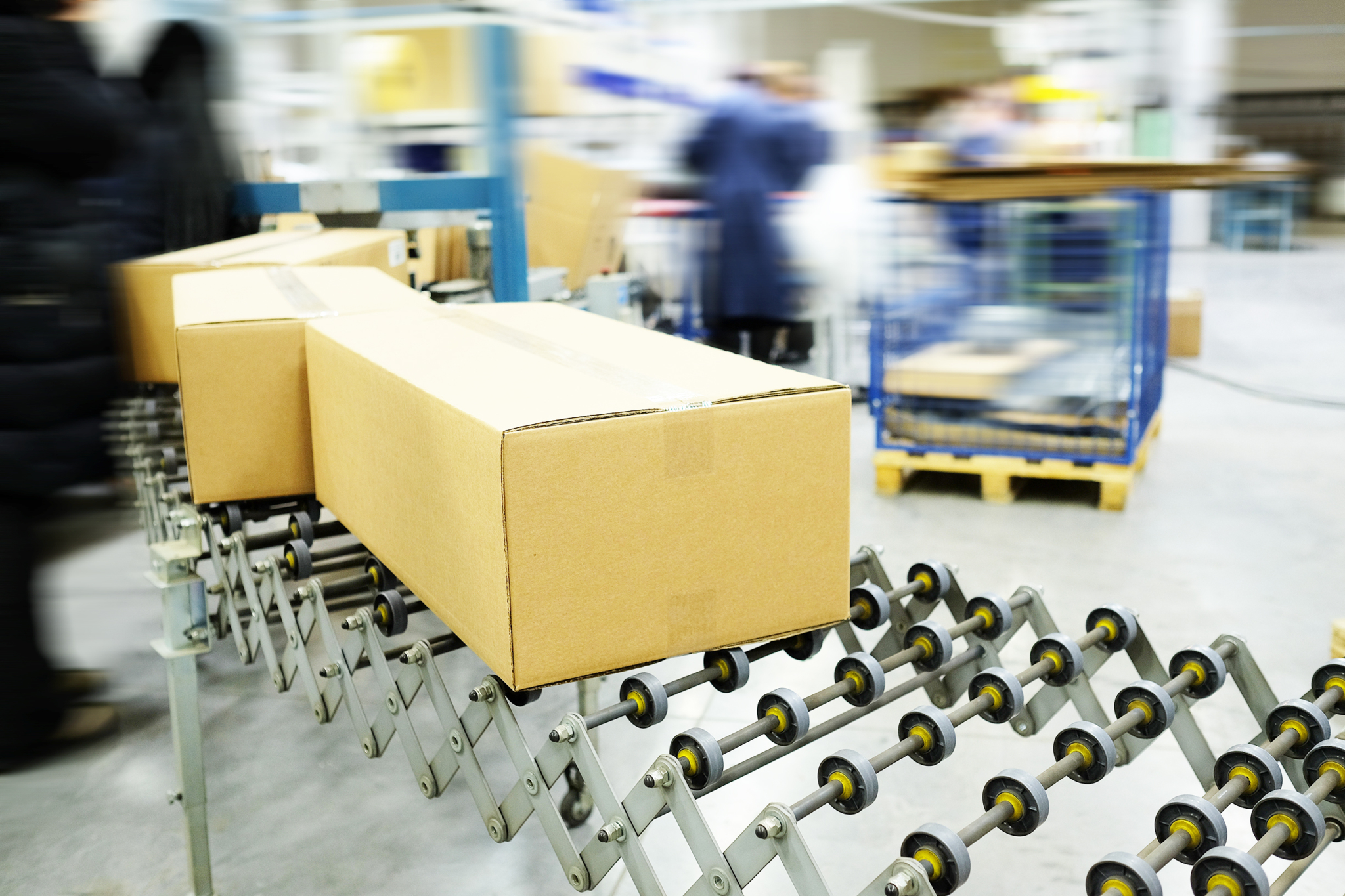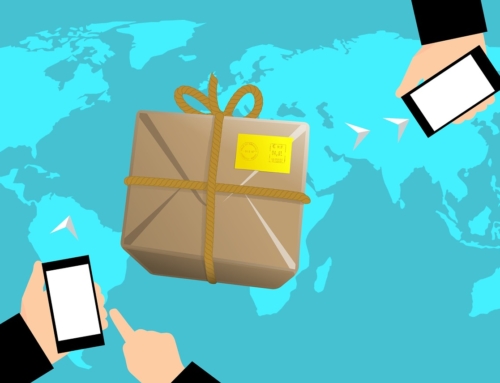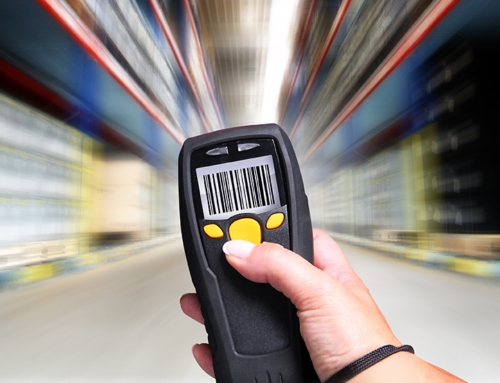With so many retailers investing heavily in the customer-facing portions of their supply chain, it’s astonishing the number that still are hazy on exactly what reverse fulfillment is all about.
Reverse fulfillment is the yin to their customer-facing fulfillment yang, and it’s vital to the success of any business in the era of the lean supply chain.
The Basics of Reverse Fulfillment
When you get a returned item, what do you do with it? Does it sit on a shelf until you find the time to check it out, clean it up or throw it out? Lots of retailers still do, costing themselves plenty in the process. That’s why an entire arm of the supply chain has evolved to handle returns, that’s the reverse management portion, also known as returns management.
Because some eCommerce retailers experience up to a 30 percent return rate, a streamlined process had to be developed to move those items quickly back into inventory, despite the widely varying package contents that were being handled. But, what do you do with items that aren’t resellable as is? What is they’re damaged or worse, they’re not even what they’re supposed to be?
Reverse logistics handles these issues for retailers of all kinds, while creating additional income streams that help retailers recapture much of the money lost on the initial return.
These are just a few ways returns management can do that:
- Rapidly returning to stock. Items that are ready to return to the sales floor or online inventory should go back as quickly as possible so you can resell them at full value. Any hesitation means you may be forced to sell them for less than full price because they’re suddenly out of season or have been replaced with a newer model. Retail moves fast, but reverse fulfillment can move faster.
- Broken or damaged goods can often be saved with a little bit of elbow grease. Good returns management companies have relationships with experts who can refurbish your equipment, mend your clothing and repair your sports equipment. You might not get full price out of your refurbished goods, but you can recapture a large percentage of the original value.
- Goods that are totally dead on arrival, like a cellphone that just won’t work despite great efforts, are prime candidates for recycling. In many cases, the rare metals inside electronics and other equipment are valuable enough that they’re worth sending off for recycling. Reverse logistics companies keep an eye on the value of these scrap metals and can advise you on the best plan for recapturing costs from DOA products through recycling.
Reverse fulfillment is so much more than just taking products back from unhappy customers. Along with helping you maximize profits from your returns, your reverse fulfillment team can handle any recalls that might be applicable to your products, freeing you up from one more tedious job. This is a partner that can do a lot behind the scenes to further streamline your retail efforts.






Leave A Comment